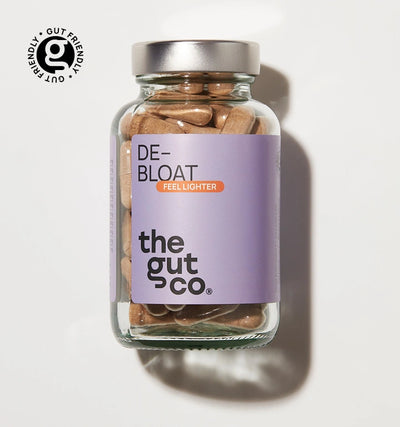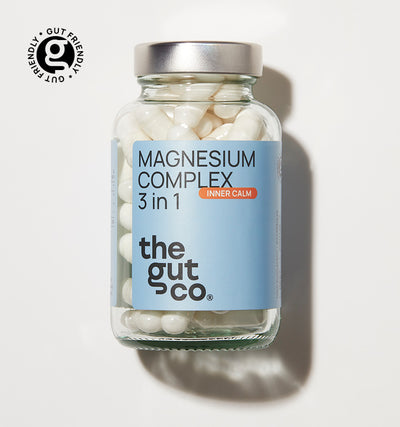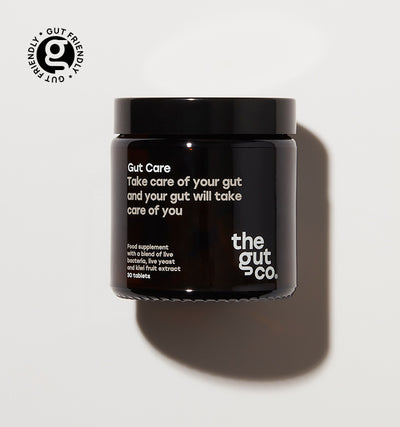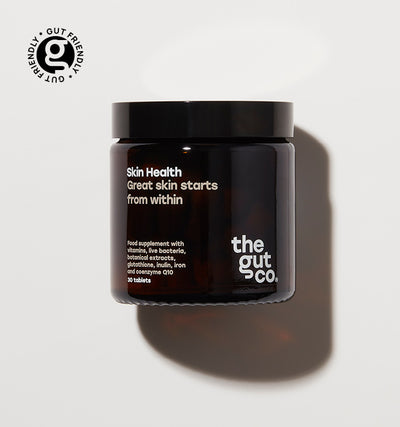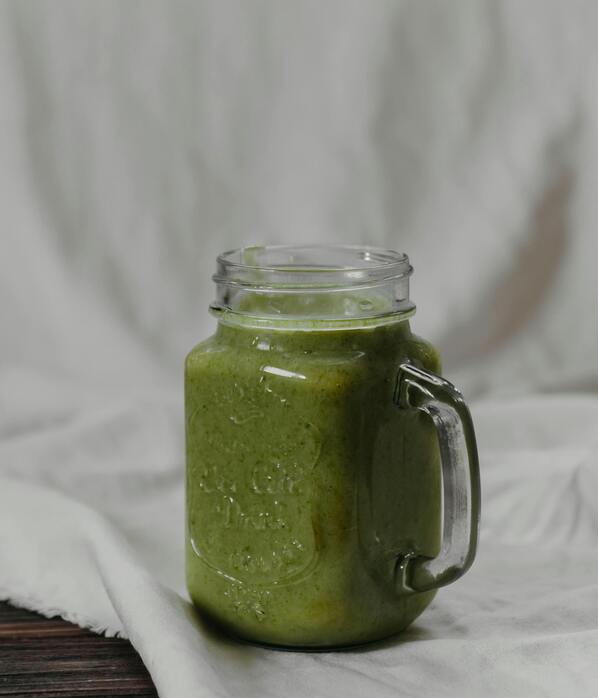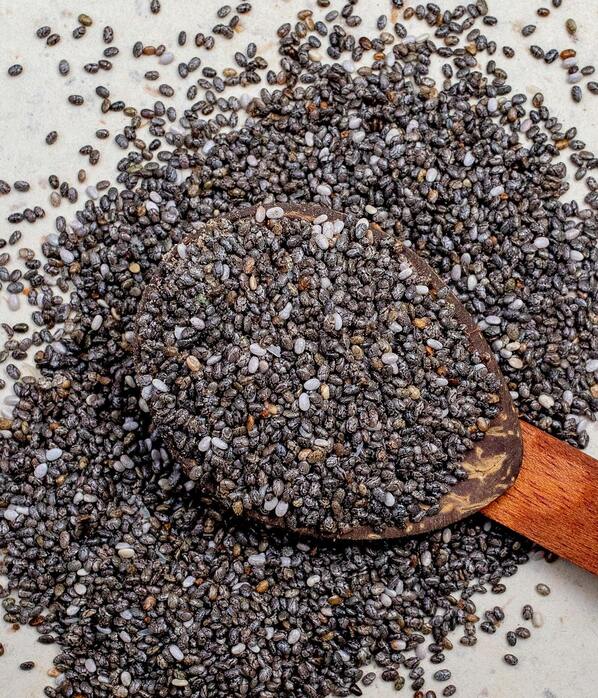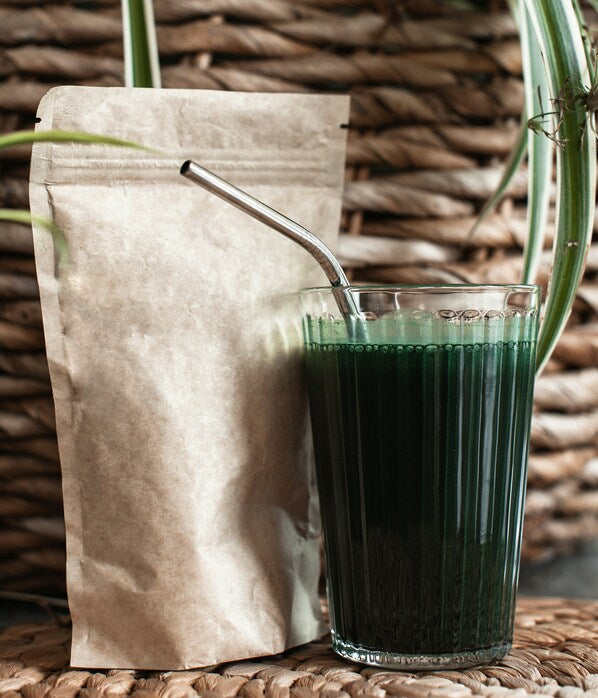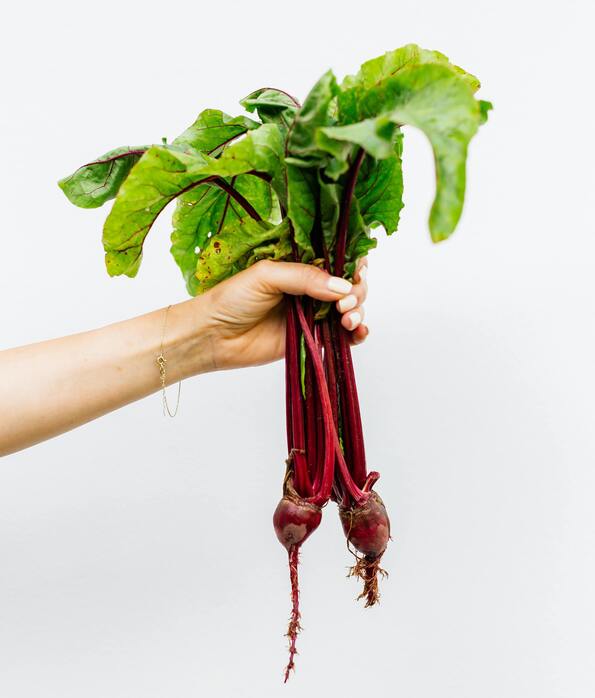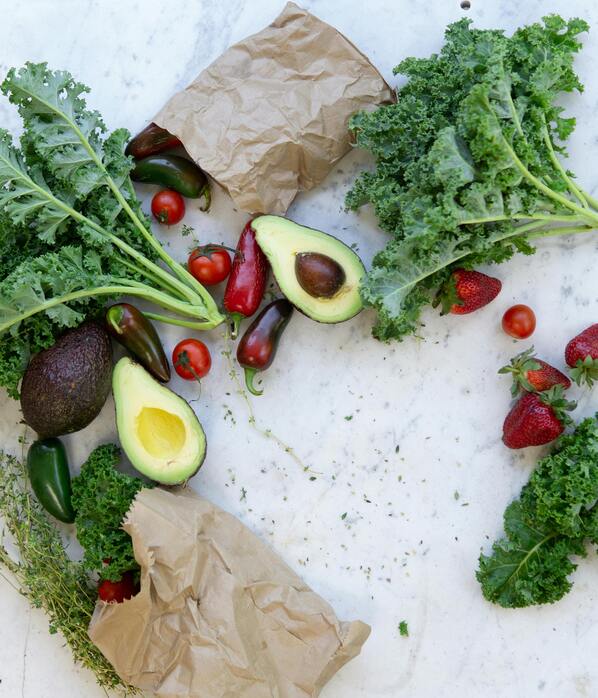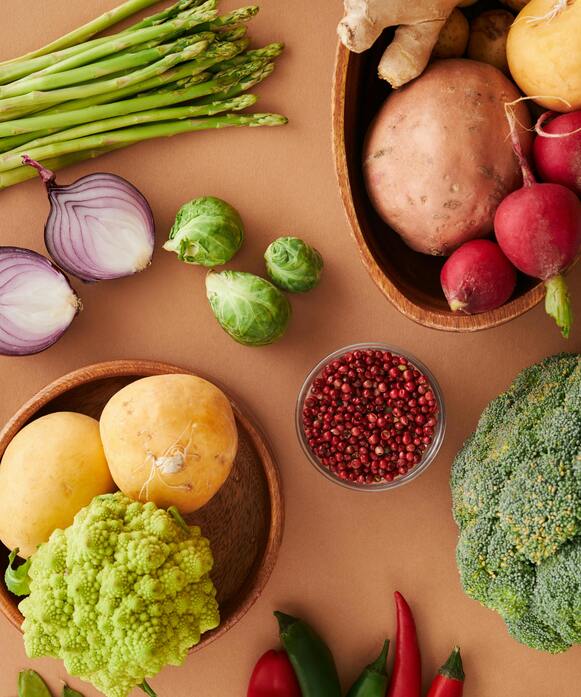How to Reset Your Gut: Top 6 Strategies
Date:
11 May 2022

So, we know that gut health is essential for many reasons - from your skin, digestive wellbeing, and energy to the function of the immune system. The only problem is, how do we know if it’s healthy?
Having a healthy gut means rarely suffering from gastrointestinal symptoms such as abdominal pain, bloating, constipation, or diarrhoea.1 If you have any of these, your gut health may need some attention!
What is the Gut?
The gut runs all the way from the mouth to the anus and is made up of what are referred to as “hollow organs” and “solid organs”.
The hollow organs are the mouth, oesophagus, stomach, small intestine, large intestine, and anus. The solid ones are the liver, pancreas, and gallbladder. All these work together to digest what is put into your body called the gastrointestinal tract.2
When we talk about gut health, we usually talk about the gut microbiome. Due to extensive research in the medical field, we now know that healthy gut flora is primarily responsible for our overall health.3
An average human gut microbiota consists of trillions of good and bad bacteria, with over 100 trillion of just the good kind. Each person has a unique microbiome, just like we all have unique fingerprints.4
When the gut is balanced, it functions well and benefits our overall health. When it’s not balanced, it has been linked to diseases such as irritable bowel syndrome or disease, metabolic diseases like obesity and diabetes, and allergic diseases such as atopic dermatitis or asthma.
What Causes an Imbalanced Gut?
There can be many different factors that cause an imbalance in the gut microbiome, but the most significant cause is poor diet. Good bacteria thrive on fibre and plant foods, so these ingredients can massively contribute to a healthy gut microbiome.
Bad bacteria and yeast thrive on processed foods and sugar. If you feed the bad bacteria more than the good bacteria, the bad bacteria can flourish and overpower the good.
Other factors that can impact the gut microbiome balance are stress, food sensitivities or allergies, alcohol, sleep deprivation, and frequent antibiotic use4.
If you want to reset your gut and allow your microbiome to thrive, keep reading to find out the best strategies!
1) Boost your fibre intake
Fibre is a vital part of our diets that helps us pass normal, healthy poo.
It increases the weight and size of your stool and softens it, making it easier to pass, thus reducing the risk of constipation. Fibre solidifies our poo as it allows it to absorb water and makes it bulkier, which reduces the risk of diarrhoea.5
For adults, the Institute for Medicine recommends an intake of 25 grams of fibre per day for women and 38 grams per day for men.5
High-fibre breakfast cereals can be a great way to include more fibre in your diet. A 2-biscuit serving of Weetabix contains 3.9 grams of fibre, a 52-gram serving of Shredded Wheat consists of 6 grams of fibre, and a 64-gram serving of porridge oats contains 9 grams of fibre.6
If you’re a bigger fan of toast in the mornings, switching out the bread for wholemeal can also boost your daily fibre intake. Per 100g, wholemeal bread contains 7 grams of fibre, while white bread only has.7
Potatoes, beans, lentils, brown rice, and whole-wheat pasta are also excellent sources of fibre. Including these ingredients in your cooking allows you to ingest more fibre quickly.
Additionally, increasing your fruit and vegetable intake would also help increase fibre, as well as a multitude of vitamins and minerals.
2) Eat more fruit and veg
Many fruits and vegetables are high in fibre, which promotes the growth of good bacteria in the gut, specifically, Bifidobacteria.8 Of course, fruit and veg aren't only beneficial in fibre.
They also contain flavonoids and various other antioxidant compounds, which interact with the gut microbes and help balance the gut microbiota, reducing inflammation. Consuming flavonoids can help reduce your risk of type 2 diabetes and other metabolic diseases.9
Adding a banana, raspberries or strawberries to your breakfast cereal can be a great start to introducing more fruits into your diet whilst upping your fibre intake.
Adding a wider variety of vegetables to dinners, such as broccoli, cauliflower, green beans, or spinach, can add all those nutrients your plate lacks. How about snacking on carrots, mange tout or celery with hummus instead of a non-nutritious snack?
3) Drink more water!
Water is what keeps us alive. It is SO fundamental to our overall health that our gut doesn’t function properly when dehydrated. Water helps our guts digest, and slow digestion can lead to constipation.
The NHS suggests we drink 6-8 glasses of fluid per day. This doesn’t include sugary drinks but tea, coffee, non-sugary drinks and low-fat milk.10
Most of us take being thirsty as a sign to drink water, but feeling thirsty is a sign that our body is already dehydrated. Dehydration can cause headaches, kidney stones, low energy levels, confusion and weakness.11
Our bodies signal to the brain to tell us we’re thirsty; as we age, the body gets less good at doing this. This is why the older people you know are probably less likely to reach for a drink without encouragement. Getting your body used to drink water consistently rather than when thirsty can help you to maintain that habit as you age.
4) Slow it down
Our stomach sends a signal to the brain when it is full. This doesn’t happen immediately, and our brains need time to process the feeling of fullness, approximately 20 minutes.12
If we eat too fast, we may eat more food than we need. This can lead to weight gain, increasing the risk of diseases like heart disease, stroke and high blood pressure.13
Eating food too quickly can be a common cause of gut issues such as indigestion, excessive gas and bloating.1 This is because the digestive system needs time to process the food - using the good bits and eliminating the bad.
By chewing your food properly and slowing down the process, you can help your digestive system function properly.
5) Consume probiotics
Probiotics are live microorganisms that help to balance our gut microbiome. They add good bacteria to our gastrointestinal tract that ensures our gut is functioning well, and as we know, good bacteria is key to a healthy gut.
You can gain probiotics through fermented food sources such as yoghurt, sauerkraut, pickles, tempeh and kimchi. Some cheeses such as cheddar and mozzarella also contain probiotics.
If these foods don’t tickle your pickle (excuse the pun), then a daily probiotic supplement can be incredibly beneficial for your gut health.
At The Gut Co, we have created a range of products containing strains of live bacteria (probiotics) that help balance the microbiome.
Our signature product “Gut Care” includes a variety of clinically-tested ingredients, including prebiotic fibre, yeast and live probiotics that nourish, diversify and rebalance the microbiome.
This product can reduce bloating, diarrhoea and constipation, and excess gas by repopulating good gut bacteria.
6) Move more
Going for a walk after a meal for as little as 10 minutes can positively impact your gut digestive function. Physical activity increases blood flow to the digestive system's muscles, which helps move the food along.
Exercise balances the gut by preventing the growth of bad bacteria and encouraging the body to use the good stuff by absorbing its nutrients.14
Final Thoughts
Our bodies are with us for life, literally. It’s essential to treat them right to have the best quality of life you can. Why wouldn’t we avoid avoidable problems? When you see it like that, it’s a no-brainer.
Looking after our bodies starts with loving our gut, and trying these 6 tips will help your gut love you right back.
References
- https://www.niddk.nih.gov/health-information/digestive-diseases/digestive-system-how-it-works
- https://www.hsph.harvard.edu/nutritionsource/microbiome/
- https://www.ncbi.nlm.nih.gov/pmc/articles/PMC3426293/
- https://www.healthline.com/health/gut-health#signs-and-symptoms
- https://www.mayoclinic.org/healthy-lifestyle/nutrition-and-healthy-eating/in-depth/fiber/art-20043983
- https://www.cambridge.org/core/journals/nutrition-research-reviews/article/effects-of-flavonoids-on-intestinal-inflammation-barrier-integrity-and-changes-in-gut-microbiota-during-dietinduced-obesity/C32467493BB55E5C3C2A119641F6FB84
- https://www.nhs.uk/live-well/eat-well/food-guidelines-and-food-labels/water-drinks-nutrition/
- https://gulfnews.com/special-reports/water-is-life-drink-water-even-if-you-dont-feel-thirsty-heres-why-1.1625499000402
- https://pubmed.ncbi.nlm.nih.gov/19875483/
- https://www.cdc.gov/obesity/basics/causes.html?CDC_AA_refVal=https%3A%2F%2Fwww.cdc.gov%2Fobesity%2Fadult%2Fcauses.html
- https://www.axahealth.co.uk/health-information/gut-health/exercises-to-improve-digestion/#:~:text=Physical%20activity%20increases%20blood%20flow,of%20bacteria%20in%20the%20gut.






